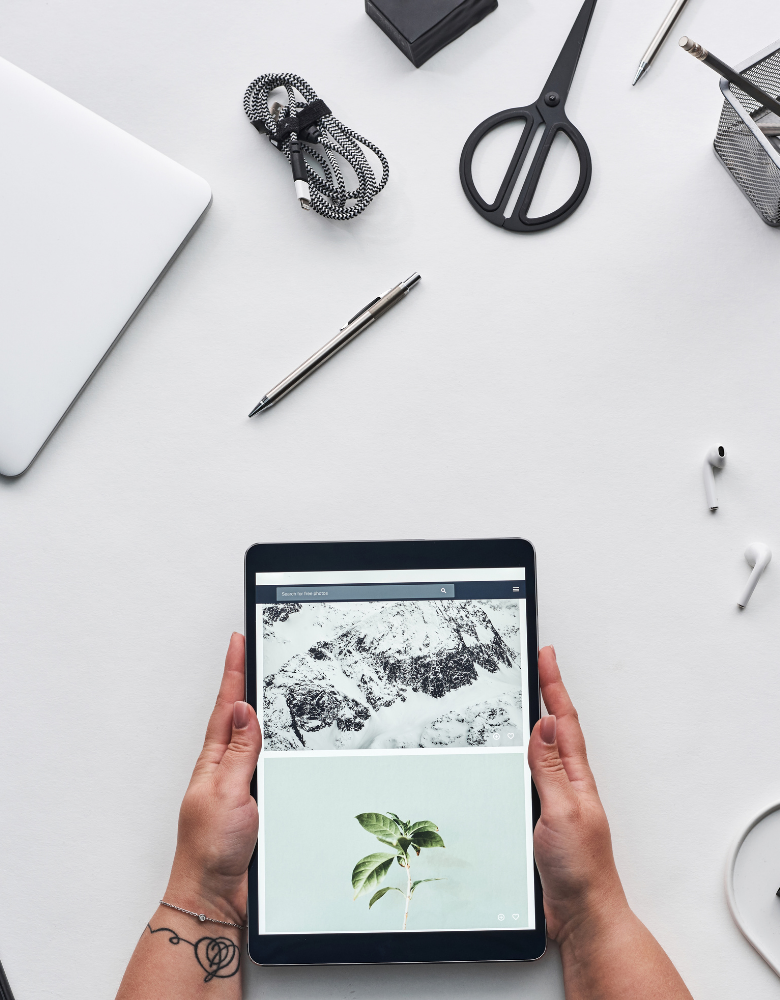

How to Refrain From Copyright Infringement
Patents, copyright trademarks, copyright trade secrets, trademarks, copyrights, and patents are just a few ways individuals can safeguard their IP. There are, however, significant differences in each of the instruments of protection depending on what they are protecting.
Most Common Uses
The most commonly used tool employed in the case of Intellectual property protection is Copyright. The Federal Copyright office protects “original works of authorship including literary, dramatic, musical, and artistic works, such as poetry, novels, movies, songs, computer software, and architecture.” However, it doesn’t protect “… information, concepts, methods, systems, or ways of operating.” Thus, the most common to find the “C” inside a circle (representing Copyright) in plain English is a book or CD, video games, or even playwright scripts.
Governing Bodies
The governing bodies created this kind of law governing intellectual property to protect the creator. People like you may be in danger of copyright infringements without realizing that they are. It’s essential to learn the guidelines when working with (c) stamps. It’s crucial to know that even if an item of work doesn’t bear the Copyright symbol, Copyright law still applies.
Definition of Copyright
Legalzoom describes Copyright by writing that “the author or developer owns the rights to the work and decides if and how others use his/her creation.” Therefore, it’s particularly illegal when you use someone else’s copyrighted work to make money or for commercial use. LegalZoom also gives a few instances of copyright infringements that may appear harmless to the consumer; however, they’re unlawful.
- The downloading of music and movies without paying for the use
- Recording movies in theaters
- The use of photos from others in a blog without their permission
- Software copied without adequate credit
- Making videos using unlicensed music clips
- Copying books or blogs without authorization
- Any copying of an original work by someone else without permission
Suppose you’ve swung through YouTube and encountered an amateur artist performing a cover version of a popular song. Is it technically copyright infringement if the original song’s songwriter did not grant the amateur performer permission? Could a famous person file an action against a musician’s video with just ten views? Most likely not, however he or they might technically. Some large companies employ software that they can use to troll the Internet with the sole goal of locating copyright infringement cases. Therefore, it’s not an option.
Copyright Prevention
To prevent copyright infringement, you should be cautious about the way you use an artistic expression you did not create. Whatever the symbol of Copyright or not, you must be sure to assume that the creator would be entitled to execute legal actions against you if you were to copy their work in a way that is unauthorized or credited.
Some writers or artists can expose their work to the world, but it is essential to read about this before doing so. These agreements are with licenses that permit users to use the work under specific rules and restrictions.
If you’re using the work to teach, it’s unnecessary to spend your night fretting about the image you used for your slide presentation from this week. There’s an exception known as “fair use,” which permits what could typically be considered an infringement when the use is for an unrelated reason.



